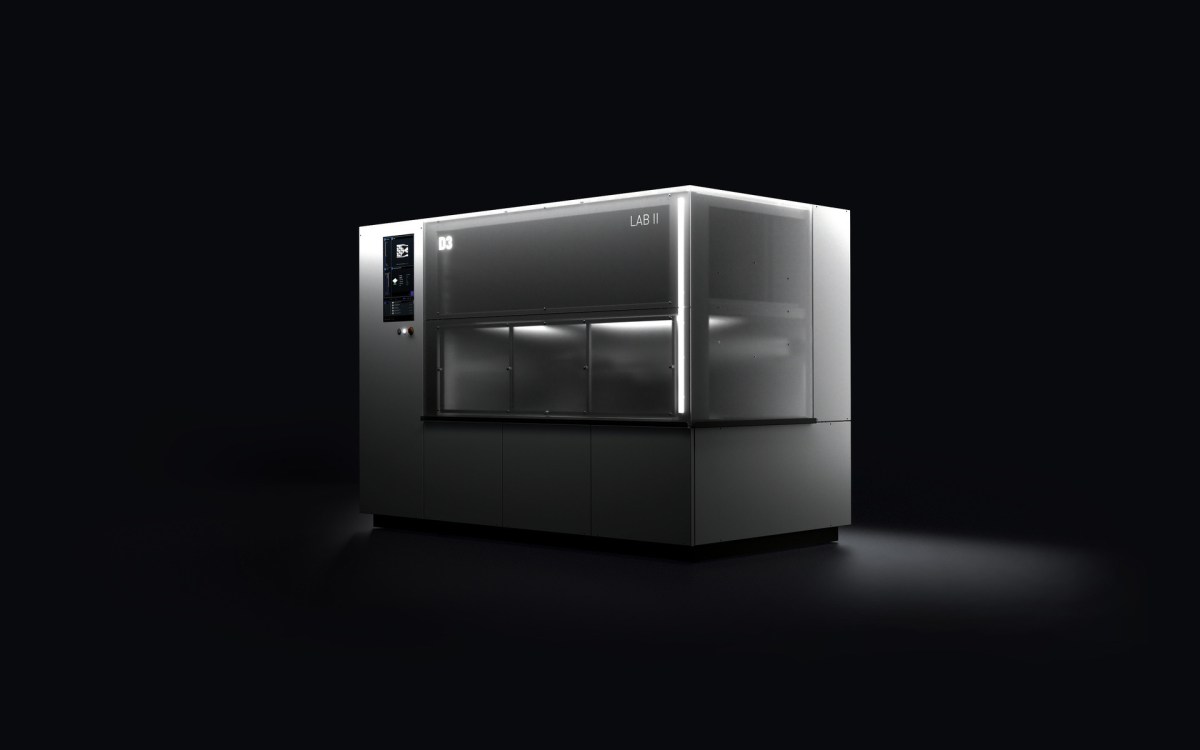Durst Group subsidiary D3 has unveiled its micro particle jetting printing technology at Formnext 2023 in Frankfurt. The show features advancements in high-performance ceramics manufacturing.
D3’s LABII printing system allows direct printing of water-based, highly concentrated suspensions with almost any particle size and distribution. In this process, post-sintering, complex and dense components are formed that are not currently producible using any existing method.
Stefan Waldner, chief product officer of D3-AM, says, “Material jetting, from a theoretical standpoint, represents the most promising technology in additive manufacturing. It enables the construction of objects drop by drop, voxel by voxel. By overcoming material compatibility restrictions, our MPJ-technology paves the way for the production of previously deemed impossible components.”
D3 says the Formnext show saw substantial interest and engagement at D3’s booth. The company says this led to dynamic discussions and the initiation of multiple projects. These included the development of new materials, exploration of applications, sample creation, component inquiries, and specific machine inquiries. Also, thick-walled components and those made out of Sintered Silicon Carbide (SSiC) attracted significant attention. Experts praised D3‘s showcased gyroid structure as the “best component ever printed out of SSiC”.
The success at Formnext 2023 underscores D3’s commitment to advancing ceramics manufacturing, leveraging the Durst Group’s expertise in digital printing and production technologies.
Christoph Gamper, chief executive officer and co-owner of Durst Group, says, “With our presence at Formnext with the D3 LABII system, we are starting a new chapter at Durst: Material Jetting. The trade show has clearly shown that we are onwards in the premier class of materials – ceramics. We look forward to scaling the printing systems, processes, and materials to open up a world of possibilities.”


